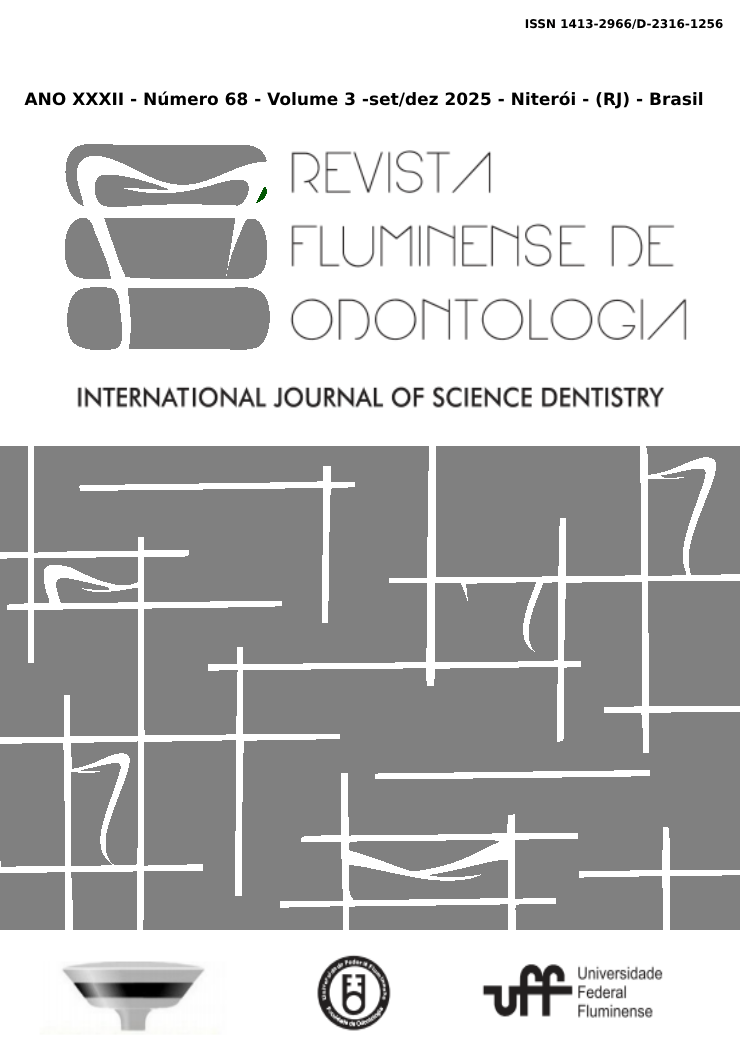Metastasis in the oral cavity: a review for the dentist
DOI:
https://doi.org/10.22409/ijosd.v3i68.63004Abstract
Metastasis is the growth of cancer cells in sites distant from the organ from which they originated, and its occurrence indicates a poor prognosis. In the oral cavity they are rare. They can occur in the soft tissues, jaws or both, and are of significant clinical importance, as they indicate a disseminated stage of cancer, and may be the only symptom of an underlying malignancy that has not yet been diagnosed. Therefore, it is essential that the dental surgeon is familiar with the clinical aspect and radiographic findings most associated with this pathology. The aim of this narrative literature review is to compile the main aspects about oral metastases for the clinician's work. The pathogenesis of metastases to the oral cavity is complex and not fully understood. The most frequent primary sites are breast cancer, for metastases in the jaw bones; and lung cancer, for deposits in oral soft tissues. The most affected oral regions are the posterior area of the jaw and the gingival tissue. Metastases in bone are more prevalent than in soft tissues. In general, men are more affected, especially in the fifth to seventh decade of life, and the clinical appearance of metastases is variable, resembling inflammatory or hyperplastic lesions, but with rapid growth. Radiographic findings are nonspecific and may present characteristics such as “moth-eaten” bone and irregular increase in periodontal membrane spaces. This review concludes that it is essential for the dentist to know and include metastatic lesions in the differential diagnosis of oral pathologies, given their high degree of clinical relevance.
Keywords: Neoplasm Metastasis; Mouth Neoplasms; Pathology, Oral.





